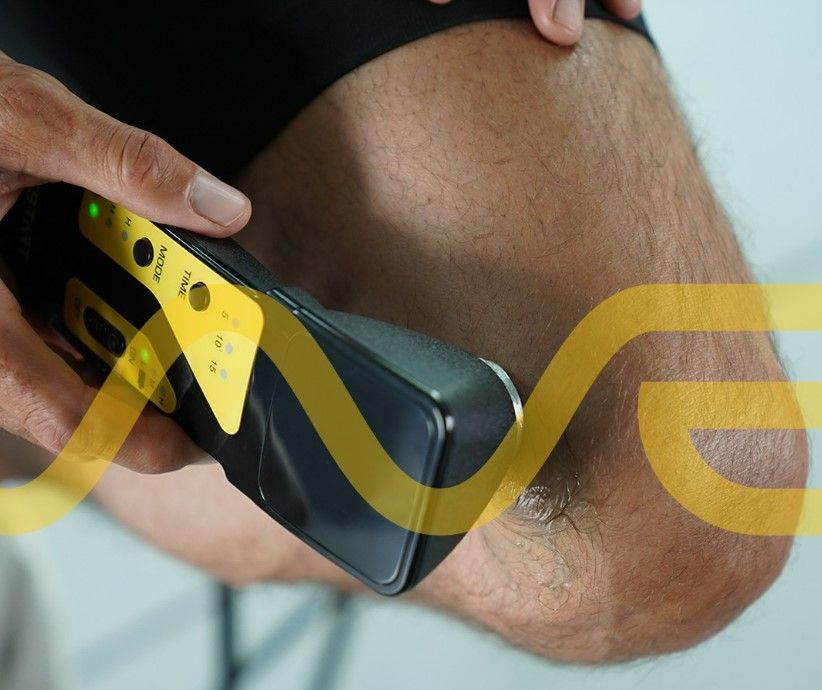Ultrasound therapy is an instrumental physical therapy that uses sound waves to transfer energy to the human body. In recent years it has become increasingly important for its anti-inflammatory and decontracting action, but also for its function in reabsorbing hematomas or healing damaged tissues. In practice, it is ideal for treating localized pain in just a few sessions.
What ultrasound therapy is used for.
Before we delve into what ultrasound therapy is used for and how it works, let’s take a step back.
As you might guess, ultrasound therapy uses ultrasound, which is sound waves at a very high frequency that are able to reduce inflammatory states, contractures, and the presence of excess fluid in tissues.
Ultrasound is emitted from the head of a device through the piezoelectric effect of a quartz or ceramic disc. The piezoelectric effect is a series of compressions and expansions of the quartz, achieved by subjecting the crystal to an alternating electric field.
An ultrasound therapy device consists mainly of an alternating current generator that powers a head. Inside this is inserted a transducer (the piezoelectric disc or quartz foil), which converts electrical energy into mechanical energy (acoustic vibrations). This energy is then transmitted to the biological tissues by means of an ultrasound-specific conductive gel.
The ultrasonic wave penetrates tissues depending on its emission frequency-typically 1 or 3 MHz-to a maximum depth of 5 cm.
For the treatment of muscular and joint problems (sprains, hematomas, inflammation), a power of 1 W/cm2 is sufficient to ensure excellent results.
What pathologies to treat with ultrasound therapy?
Now that you have a clearer idea of how this technique works, you may be wondering which pathologies it is best suited for.
Ultrasound therapy is ideal for treating muscular and joint pathologies because of its effects:
- analgesic and anti-inflammatory
- muscle decontracting
- of reabsorption of hematomas
- of stimulating tissue healing
It is also widely used in sports and can be your ally if you have been diagnosed with any of these conditions:
- sciatica
- neuritis
- periarticular calcifications
- ulcers
- Duplay’s disease
- Dupuytren’s disease
- tendinitis
- hematomas
- scar tissues
- muscle contractures
Although this is a very easy therapy to perform on your own, there are some contraindications and warnings, which will be covered in this guide. For this reason, we recommend that you always consult with your doctor or physio therapist before starting ultrasound treatment.

